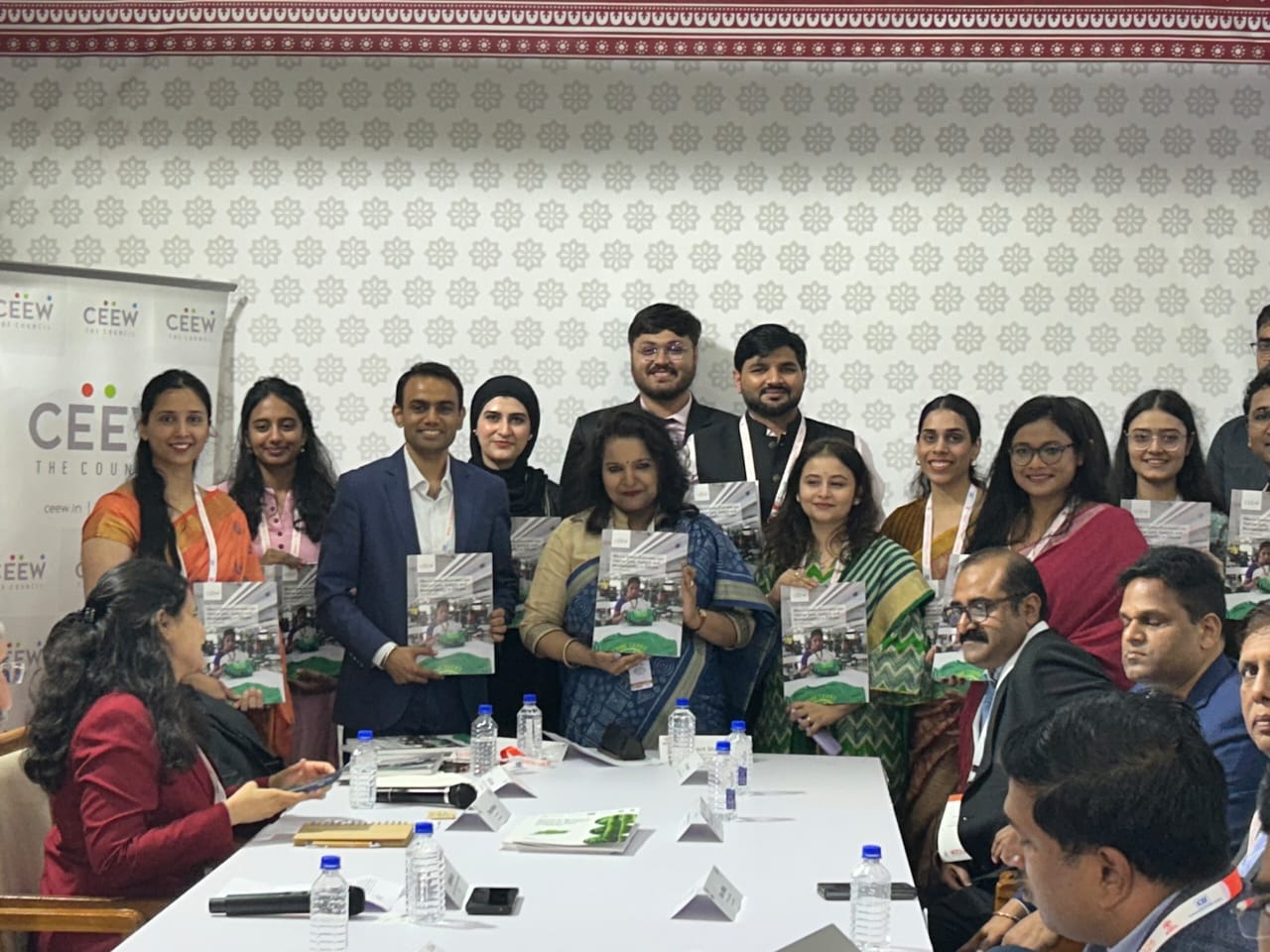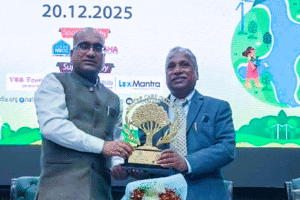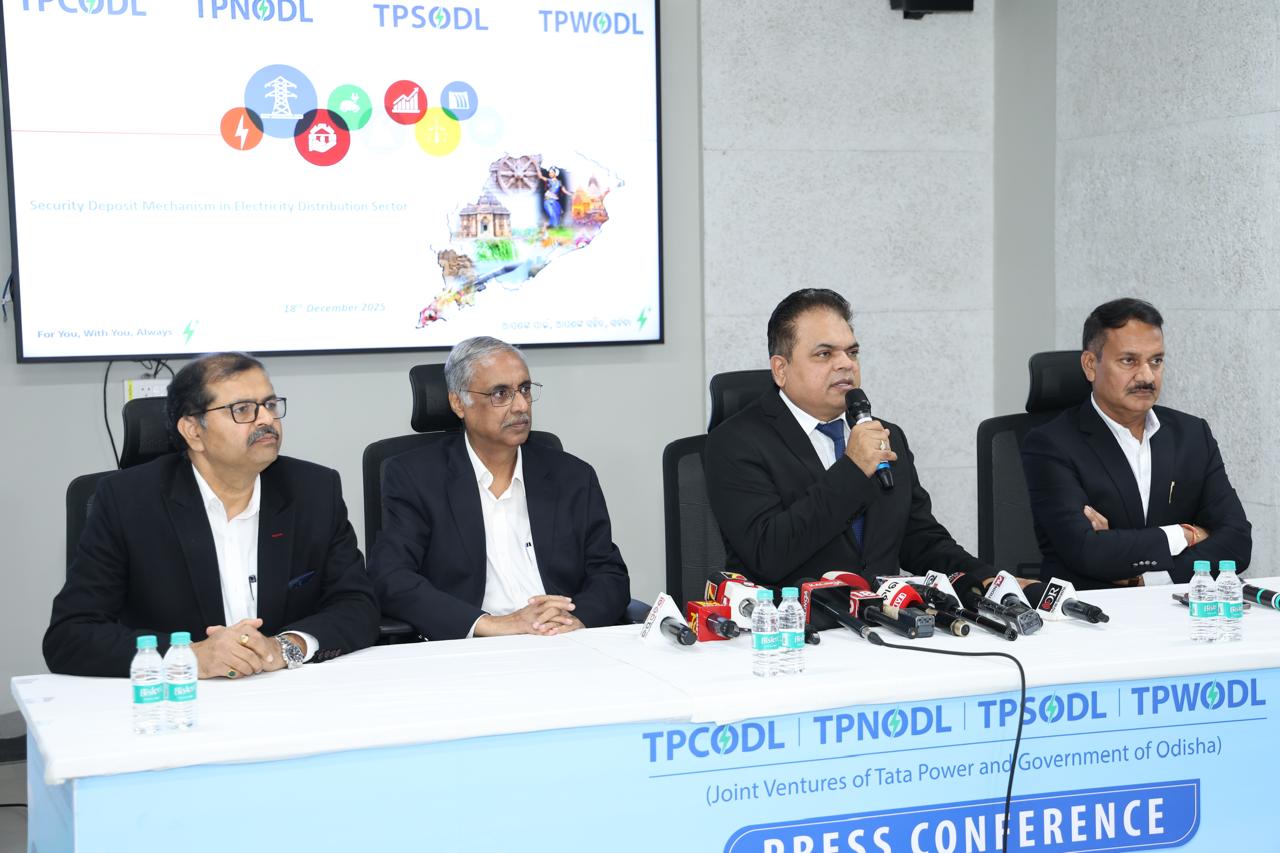
“Greening Odisha Could Create 10L Jobs, Attract ₹3.5L Cr Investment by 2030: CEEW”
Bhubaneswar, (Orissa Today) Jan 29: Odisha has the potential to create approximately 10 lakh new full-time equivalent (FTE) jobs across three green sectors — energy transition, circular economy, and bio-economy and nature-based solutions— and attract INR 3.5 lakh crore (~USD 42 billion) in investments by 2030, reveals a new, independent study by the Council on Energy, Environment and Water (CEEW). The study was launched today at the ‘Utkarsh Odisha – Make in Odisha Conclave’ in Bhubaneshwar by Anu Garg, Development Commissioner cum Additional Chief Secretary, Planning and Convergence Department, Government of Odisha. It finds that this could directly contribute INR 2 lakh crore (~USD 24 billion) to the state’s GDP, boosting it by 23 per cent and positioning Odisha as a leader in India’s green growth. The study identifies 28 green value chains, ranging from seaweed cultivation and bamboo processing to floating solar and e-waste recycling, which together represent immense economic potential. Its proposed Green Odisha Initiative provides a roadmap to integrate policies, investments, and actions across sectors to realise these opportunities.
Dr Arunabha Ghosh, CEO, CEEW, said, “India’s transition to a green economy will be shaped by the vision and actions of its states, and Odisha is leading the charge. As the first state to secure global climate funding and adopt climate budgeting, Odisha demonstrates how bold policy innovation can drive transformative change. By leveraging its natural diversity and critical mineral resources, the state could now become a hub for green industries and sustainable livelihoods from solar to seaweed, setting a benchmark for aligning economic growth with climate resilience. As India looks ahead to the Union Budget on 1 February, Odisha’s leadership offers a blueprint for making the green economy a national priority, accelerating India’s journey toward a sustainable and equitable future.”
The CEEW study also found that promoting a circular economy in Odisha through recycling and reuse initiatives could generate over 30,000 new jobs and INR 10,000 crore in market opportunities by 2030. Further, promoting value chains like lithium-ion battery recycling, plastic waste management, and electronic waste processing would not only address environmental challenges but also establish high-value industries that align with global sustainability goals.
Abhishek Jain, Director, Green Economy and Impact Innovations, CEEW, said, “This pioneering CEEW study broadens the understanding of emerging green opportunities, which are currently off the radar of policymakers, economists, industrialists, and other key stakeholders. It highlights Odisha’s immense potential and provides a clear action plan for unlocking it. The state can integrate resources and overcome challenges in scaling up green sectors by adopting a whole-of-government approach through the Green Odisha Initiative. Success will rely on engaging the private sector and local communities to create new markets, expand skills, and ensure equitable development.”

















